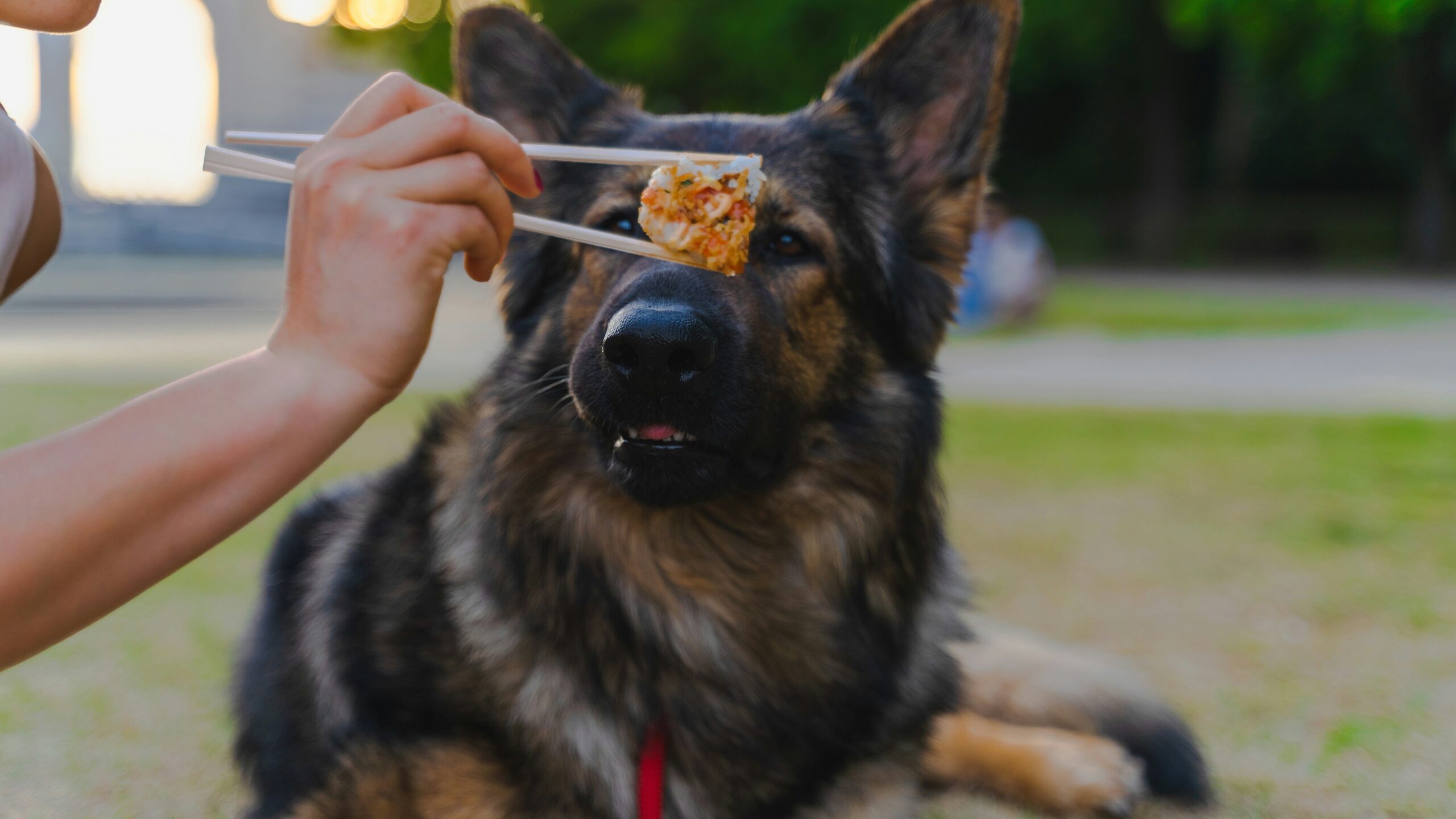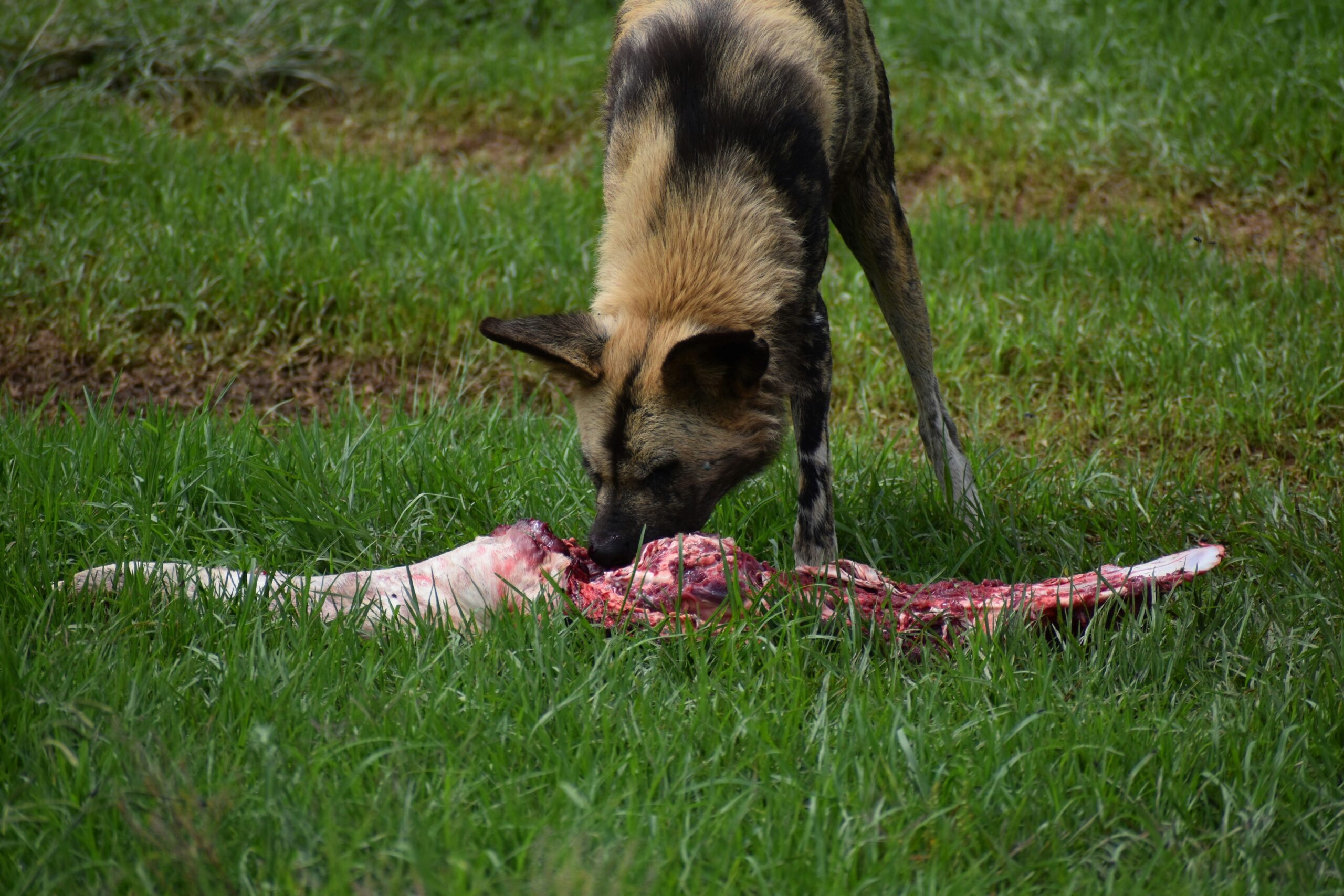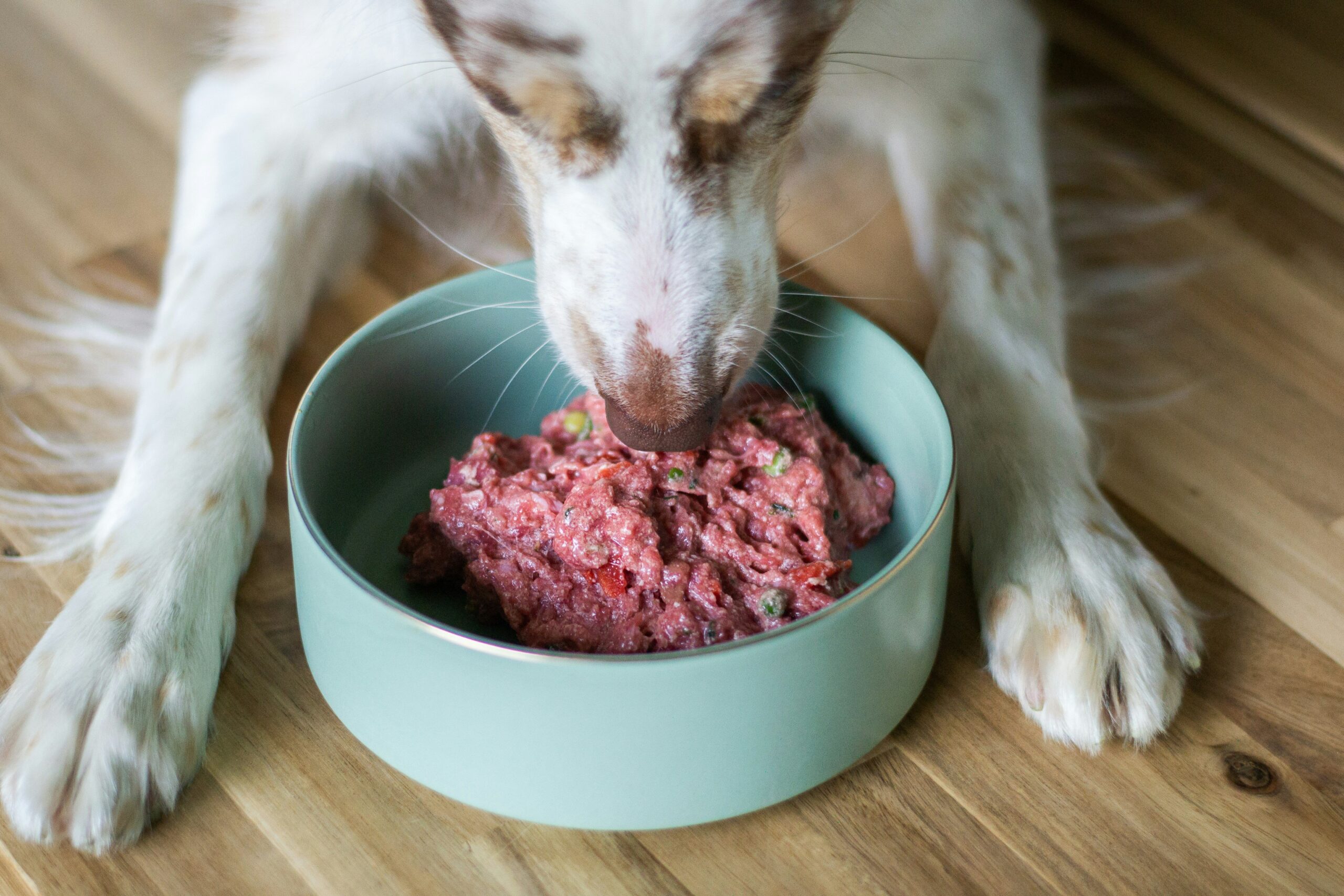Ever stared at your hunting dog’s bowl, wondering why they’re turning their nose up at meals you spent hours researching? You’re not alone. As it turns out, nearly 60% of dog owners struggle to find foods their pets genuinely enjoy—and that’s where Flavor Preference Surveys come into play.
In this guide, we’ll unpack how these surveys work, why they can revolutionize mealtime for your four-legged companion, and actionable steps to leverage them effectively. By the end, you’ll know exactly how to feed your pup based on hard data—not guesswork.
Table of Contents
- Why Flavor Preference Matters for Hunting Dogs
- How to Run a Flavor Preference Survey Like a Pro
- 3 Best Practices When Using Surveys
- Success Stories from Real Pet Owners
- FAQs About Hunting Dog Food and Flavor Preferences
Key Takeaways
- Hunting dogs require specific nutrients and flavor profiles due to their active lifestyles.
- Flavor Preference Surveys help identify what your dog really wants to eat without trial and error.
- Poorly executed surveys lead to misleading results—stick to best practices!
Why Flavor Preference Matters for Hunting Dogs
“Oh great,” I hear you groan. “Can’t I just pick any high-protein kibble?” Grumpy me: *Yes, but prepare for half-eaten bowls and frustrated sighs.* Optimist me: Let’s fix that!
Unlike regular housepets, hunting dogs burn through calories faster than my Wi-Fi during Netflix season (I still don’t get how that works). Their energy demands mean their food needs to pack both nutrition AND appeal. Ever tried convincing a stubborn labrador mix to try something new?

Flavor preference isn’t about spoiling your dog—it’s about fueling their performance while respecting their instincts. Studies show that certain ingredients emit aromas more enticing to hunting breeds’ heightened senses. For instance:
- Duck and venison trigger ancestral cravings.
- Fish-based diets align with omega-rich benefits.
How to Run a Flavor Preference Survey Like a Pro
So, ready to dive in? Here’s a foolproof step-by-step process:
Step 1: Gather Your Arsenal of Options
Buy small sample packs of potential foods. Don’t go all-in yet—I learned the hard way after buying 25 lbs of salmon jerky only for my pointer to snub it entirely. Chef’s kiss fail.
Step 2: Eliminate Bias
No sneaking extra treats or scented lures nearby. Keep testing areas neutral so smells don’t skew responses. Trust me; dogs have noses sharper than an Instagram filter.
Step 3: Track Results Religiously
Create a simple table like this:
| Date | Food Option | Dog’s Reaction |
|---|---|---|
| Jan 10 | Venison Mix | Gobbled down instantly |
| Jan 12 | Chicken Blend | Nibbled slightly |
3 Best Practices When Using Surveys
Let’s keep things real:
- Rotate Slowly: Introduce one new option weekly to prevent digestive chaos.
- Avoid Overfeeding Tests: Stick to appropriately sized portions—you’re analyzing, not throwing a buffet.
- Document Everything: Photos, videos, even voice notes detailing reactions add context.

Pro Tip Gone Wrong:
Never trust a friend who says, “My dog loves this,” unless they’ve done rigorous testing themselves. Personal anecdotes ≠ universal truth. Lesson learned when Sparky refused expensive rabbit stew.
Success Stories from Real Pet Owners
Meet Jane Doe, proud owner of Charlie, a Brittany spaniel who once turned his nose up at everything. She implemented a structured Flavor Preference Survey over six weeks. Result? Charlie now gobbles duck-based grain-free formulas daily, tackling longer hunts with renewed vigor.
Or take Matt Smith, whose German short-haired pointer, Luna, transformed from a picky eater to an enthusiastic meal-finisher post-survey. Traffic analytics? Nah—we’re talking tail wags per minute.
FAQs About Hunting Dog Food and Flavor Preferences
Q1: Are Flavor Preference Surveys Only for Picky Eaters?
Nope! Even food-loving pups benefit because surveys highlight optimal flavors for sustained health and energy levels.
Q2: What If My Dog Hates Everything?
It happens. Consider working with a vet nutritionist to rule out health issues first. Then retest using ultra-enticing options like freeze-dried proteins.
Q3: Can I Use This Method for Cats Too?
Sure thing, though cats tend to be less expressive—you may need patience (and laser pointers).
Conclusion
Hunting dog food doesn’t need to feel like solving a Rubik’s cube blindfolded. With Flavor Preference Surveys, finding the perfect match becomes science-backed fun rather than frustrating guesswork.
To recap:
- Understand the importance of flavor tailored to hunting breeds.
- Follow our step-by-step survey framework.
- Stick to best practices and avoid rookie mistakes.
Like a Tamagotchi, your pup’s dietary happiness requires daily care—so start surveying today!


